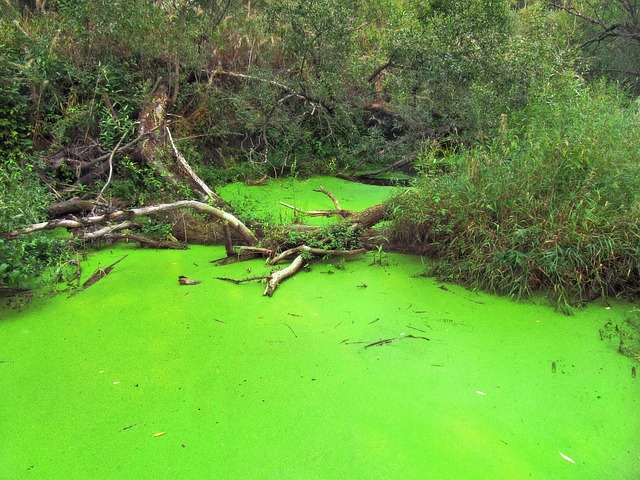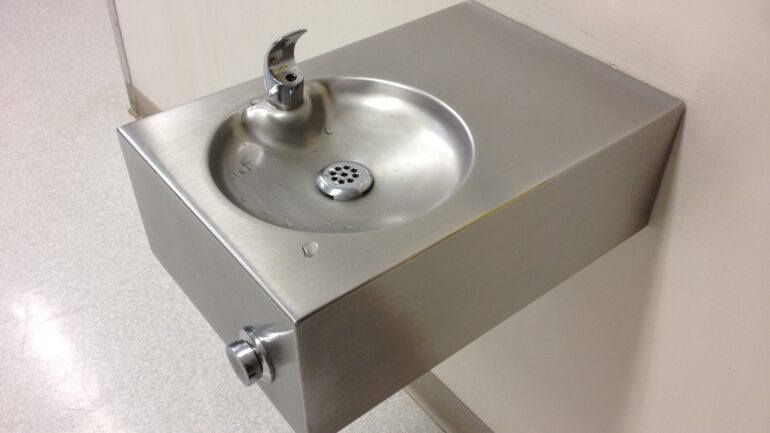By Taylor Schaefer, Writing Project Leader for Save The WaterTM | September 12, 2015
As the first signs of spring appear, New Yorkers are eager to tend to their gardens and fix-up their front yards for the summer months. Fertilizer is a common solution for brown spots left on the lawn from the harsh winter months, and provide an extra boost to growing flowers. While fertilizers are used to brighten the yard, there are darker consequences that the average Long Islander is unaware of. Social science research, conducted by The Nature Conservancy in Long Island, shows conflicting values between Long Islanders’ fertilizer usage and their concerns about the quality of their drinking water and waterways. For example, many are unaware of the origin of their drinking water, where their wastewater goes, or that nitrogen from fertilizers are polluting Long Island bays and harbors.
Nitrates from fertilizers are causing serious problems to the quality of water in rivers, lakes, and oceans around the world. Robert Howarth and Roxanne Marion, Cornell University researchers, stated that, “nitrogen represents the largest pollution problem in the nation’s coastal waters and one of the greatest threats to the ecological functioning of these ecosystems.” The nitrogen from fertilizers eventually enters the surrounding bodies of water, feeding blooms of algae that deplete the oxygen in that area. This process is called Eutrophication. The regions with depleted oxygen levels become “dead zones,” in which no fish or other sea life can survive.
The excess nitrogen levels are also linked to the acidification of freshwater and marine surface waters. Groundwater, which remains the primary source of drinking water on Long Island, has record high levels of nitrogen in particular areas. Such levels are correlated with colon cancer, bladder cancer, and non-Hodgkin’s lymphoma. Unfortunately, these levels remain below the federal standard. High levels of nitrogen seeping into surrounding water bodies are tainting shellfish, putting seafood consumers at greater risk.
Regions at risk are those that do not experience tides strong enough to mix the water year round. Lakes and bays often become starved of oxygen due to the lack of motion. Coastal areas, such as Long Island, are especially vulnerable to eutrophication due to freshwater from rivers that empty into saltwater bodies. Freshwater sources usually have a higher concentration of nutrients, which tend to rise in the denser salt water. When there is less movement, lighter, more oxygenated water, stays on top as the salt water below gathers dead plant life and suffocates from lack of oxygen. Unfortunately, when there are excessive algae blooms, sunlight is not able to penetrate deep enough to reach seagrasses and seaweeds, threatening the habitats of crabs and other fish. This phenomenon causes a disruption in the aquatic food chain.
Heavy development across the state has significantly increased the amount of nitrates entering the ground and surrounding bodies of water. Environmentally conscious efforts of fertilizer-use can go far in protecting groundwater and other water sources. Nitrates are highly soluble and as mobile in water, which allow them to easily percolate through the soil when in excess. Individuals and farmers must match nitrogen applications to plant uptake in order to minimize nitrate saturation.
Creating a comprehensive nutrient management plan that suits an individual’s needs can effectively minimize the amount of nutrients available for loss. Using only the types and amounts of nutrients necessary; proper application timing and appropriate methods; and proper fertilizer storage are steps to prevent nitrate contamination and eutrophication.
There are also ways to remove nitrates from drinking water. Ion exchange is a treatment used to remove numerous contaminants by exchanging substances of the same electrical charge. Reverse osmosis is also a way to remove nitrates; it uses a semipermeable membrane to remove contaminants. Lastly, electrodialysis is often used and is similar to both methods. In this process, ions are transported through membranes under the influence of an electric field to dilute the content of the water.
Ultimately, greener lawns are not worth the dangerous and destructive consequences. Groundwater contamination in Long Island can be detrimental to the health of surrounding communities. The eutrophication of lakes, rivers, and bays is killing sea and plant life, destroying habitats, and disrupting the ecosystem. It is imperative for residents in suburban and rural areas of Long Island to use fertilizers responsibly in order to ameliorate the current problems caused by nitrates.




